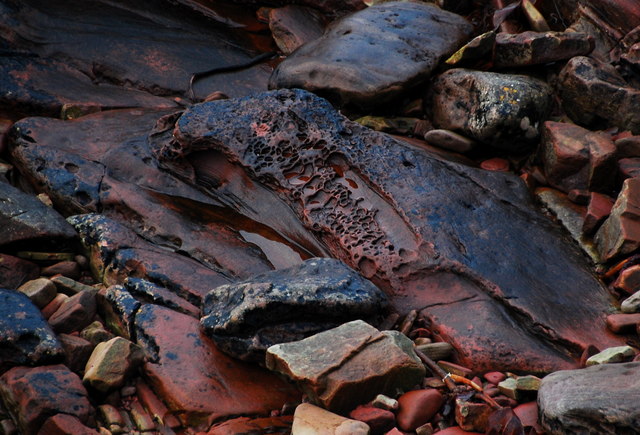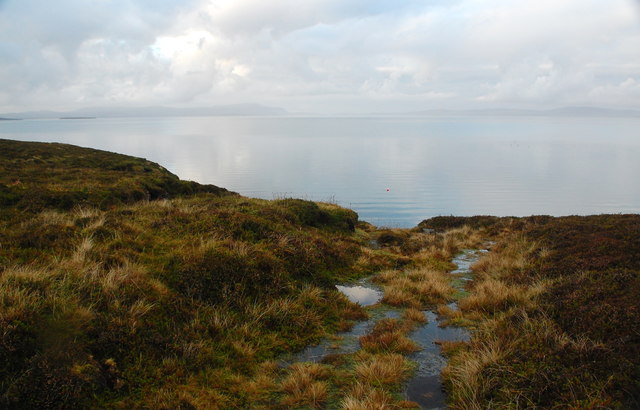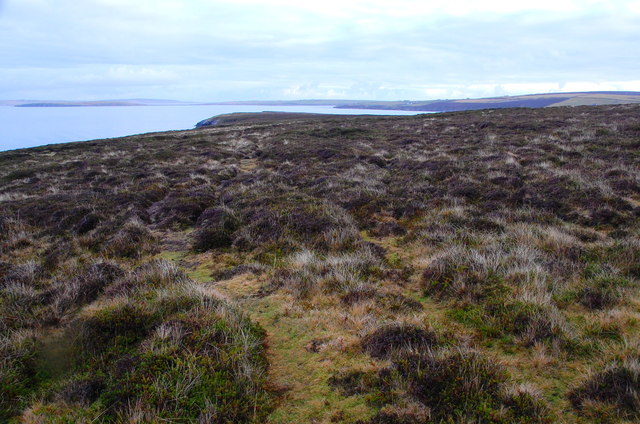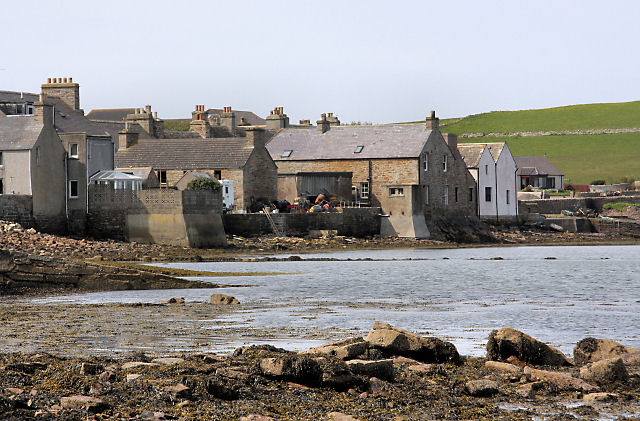East Ayre
Coastal Feature, Headland, Point in Orkney
Scotland
East Ayre

East Ayre is a prominent coastal feature located in Orkney, an archipelago in Scotland. Situated on the eastern side of the main island, it is a headland that extends into the North Sea, forming a distinct point along the coastline. The Ayre is known for its rugged and dramatic landscapes, offering breathtaking views of the surrounding waters and the nearby islands.
The East Ayre is characterized by its towering cliffs, which reach heights of up to 50 meters above sea level. These cliffs are composed of layers of sandstone and sedimentary rock, showcasing the geological history of the area. Over time, the relentless waves and harsh weather conditions have sculpted the cliffs, creating caves, arches, and stacks that add to the area's natural beauty.
The point is also home to a diverse range of flora and fauna. The grassy slopes and rocky outcrops provide habitats for a variety of seabirds, including guillemots, kittiwakes, and puffins, making it a popular spot for birdwatching enthusiasts. The surrounding waters are rich in marine life, and visitors may also spot seals and dolphins swimming in the vicinity.
East Ayre is a popular destination for outdoor enthusiasts and nature lovers. Hikers can explore the coastal paths that wind along the edge of the cliffs, offering mesmerizing views of the sea and the surrounding landscape. The area is also a fantastic spot for photography, with its scenic vistas and dramatic seascapes providing ample opportunities for capturing stunning shots.
Overall, East Ayre in Orkney is a captivating coastal feature that showcases the natural beauty and ruggedness of the Scottish coastline. Its towering cliffs, diverse wildlife, and breathtaking views make it a must-visit destination for anyone exploring this unique part of the world.
If you have any feedback on the listing, please let us know in the comments section below.
East Ayre Images
Images are sourced within 2km of 58.858496/-2.967366 or Grid Reference ND4497. Thanks to Geograph Open Source API. All images are credited.
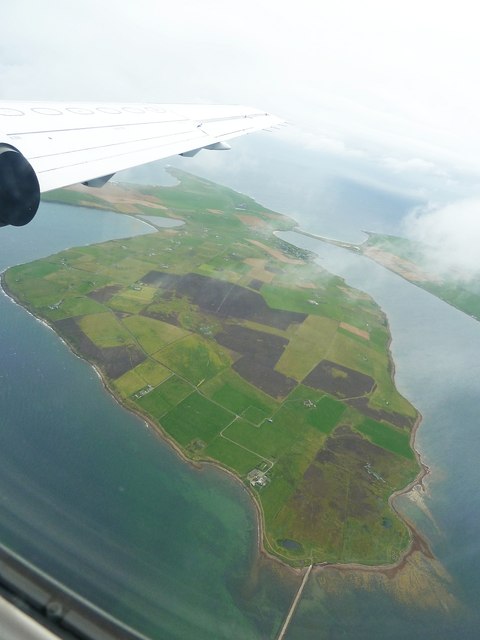

East Ayre is located at Grid Ref: ND4497 (Lat: 58.858496, Lng: -2.967366)
Unitary Authority: Orkney Islands
Police Authority: Highlands and Islands
What 3 Words
///opts.cares.chefs. Near St Margaret's Hope, Orkney Islands
Nearby Locations
Related Wikis
Hunda
Hunda is an uninhabited island in the Orkney archipelago in Scotland. It is 100 hectares (0.39 sq mi) in extent and rises to 42 metres (138 ft) above sea...
Burray
Burray () is one of the Orkney Islands in Scotland. It lies to the east of Scapa Flow and is one of a chain of islands linked by the Churchill Barriers...
Glimps Holm
Glimps Holm or Glims Holm (Old Norse: Glums Holm) is a small uninhabited islet in Orkney, Scotland. == Geography == Glimps Holm lies in Holm Sound, one...
St Margaret's Hope
St Margaret's Hope is a village in the Orkney Islands, off the north coast of Scotland. It is known locally as The Hope or The Hup. With a population...
Nearby Amenities
Located within 500m of 58.858496,-2.967366Have you been to East Ayre?
Leave your review of East Ayre below (or comments, questions and feedback).



